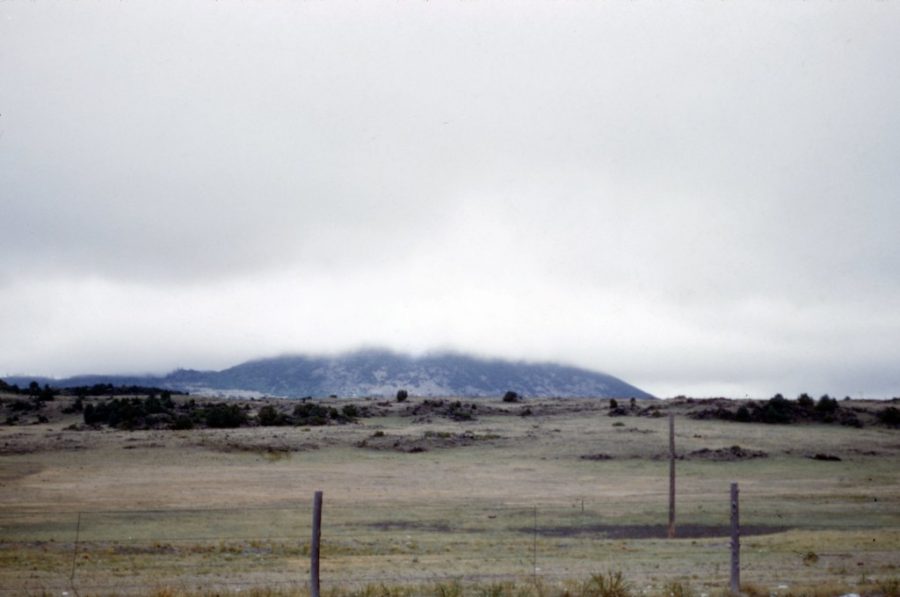Pacific Covered in Ash
February 2, 2022
On January 15, just 40 miles off the shores of the island nation of Tonga, a huge plume of ash enveloped the usually serene Pacific sky. When it finally floated away, the immediate impacts would be apparent; Hunga Tonga-Hunga Ha’apai, previously a single island, had split into two. One of its twin volcanoes, Hunga Tonga, had erupted with such power that had not been seen in over 30 years. The shockwaves produced by the eruption sent tsunami waves crashing against Tonga, as well as across Japan and East Asia, and the western United States.
Volcanic activity is common in the Pacific, most notably in subduction zones around the Ring of Fire – also known for their frequent and large earthquakes. However, eruptions of the magnitude seen from the Hunga Tonga have been few and far between; in fact, this eruption was the
largest since the 1991 eruption of Mount Pinatubo in the Philippines. The Pinatubo eruption caused global cooling of up to 0.4o Celsius and created a crater at the top of the mountain that has since filled with rainwater to become a lake. Other major eruptions in modern history have also come from this region; of note are the 1883 eruption of Krakatoa in Indonesia, the first widely reported natural disaster in the age of communication, and the 1815 eruption of the
Indonesian Mount Tambora. Tambora’s eruption, the largest in the past 500 years, caused “the year without a summer” which had severe effects on global agriculture.
Tsunamis, also common in the Pacific, have had a much greater human impact due to their relatively unexpected nature. Most commonly caused by earthquakes, large tsunamis have occurred across the globe; however, the largest and most well-known have impacted Japan and
other Pacific island nations. Tsunamis caused by volcanic eruptions are relatively rare, largely because of the relative rarity of major volcanic eruptions. Since 1950, only 2 other tsunamis were traced to volcanic activity; in 2018, an eruption from Anak Krakatoa in Indonesia destroyed part of the volcanic island, triggering a landslide that caused a tsunami. In 1980, the eruption of Mt St Helens in Washington State caused a megatsunami in the nearby Spirit Lake that reached up to 850 feet high.
The eruption of Hunga Tonga has caused widespread devastation, especially among the Tongan islands. While we likely won’t see the globally devastating impacts of other eruptions, the eruption, largest in decades, will take its place among other infamous natural disasters in history.

